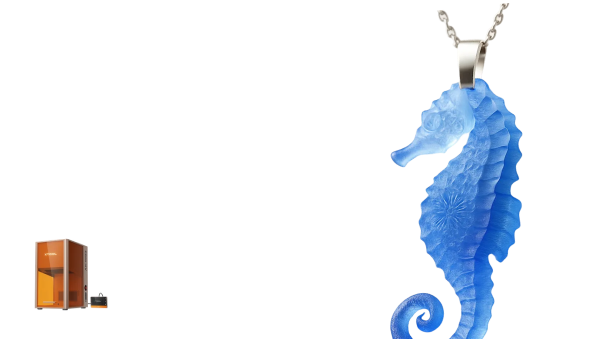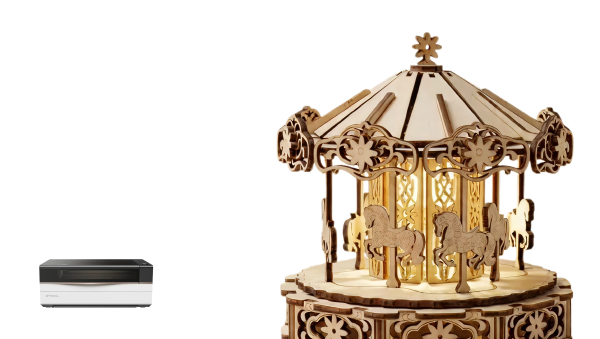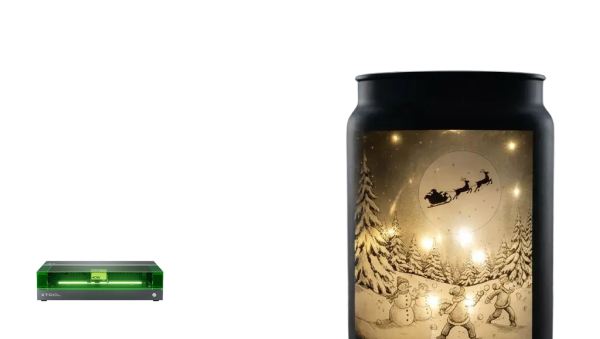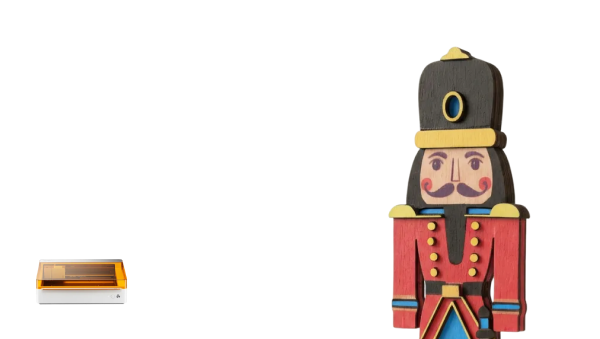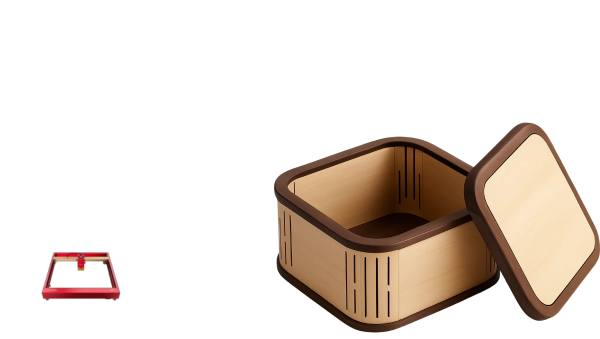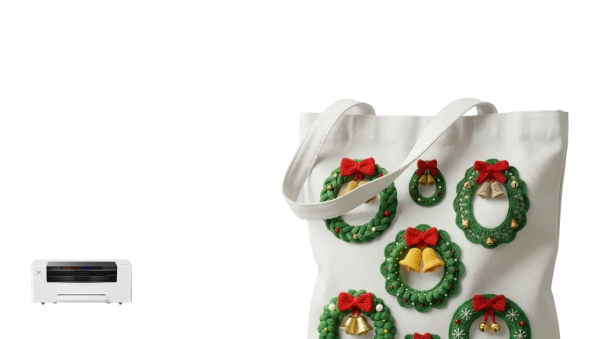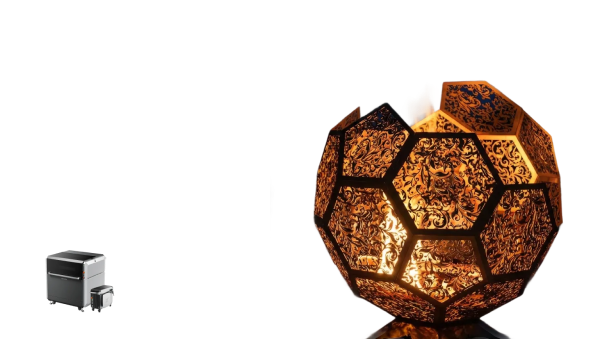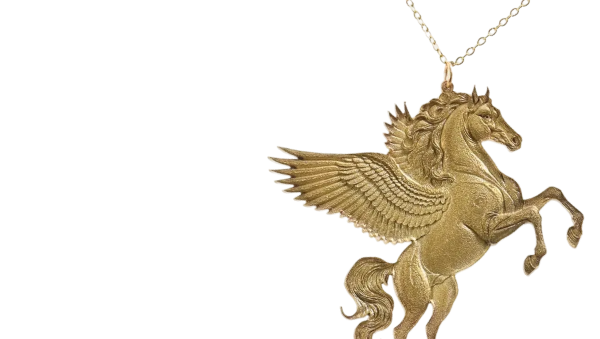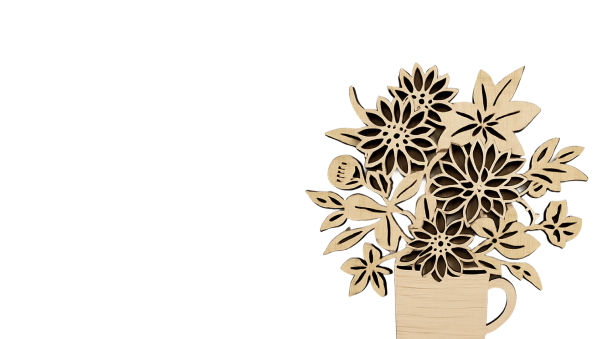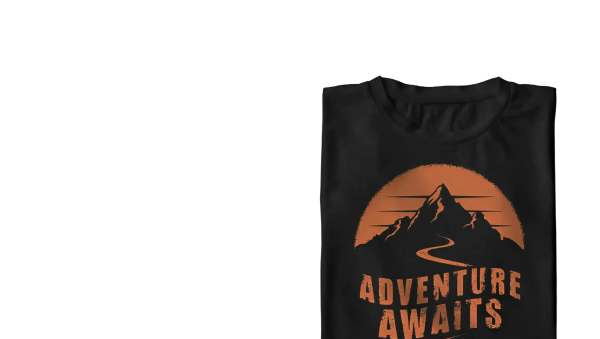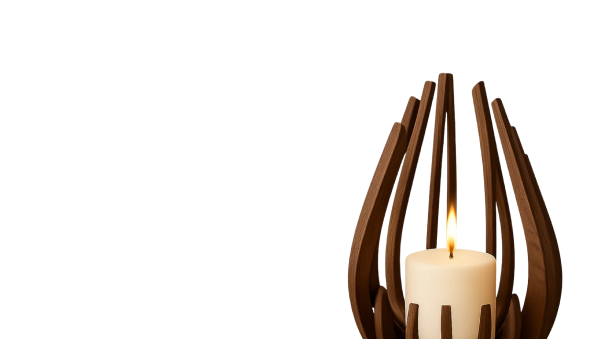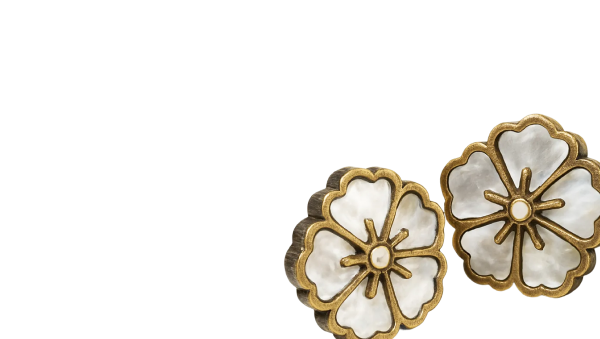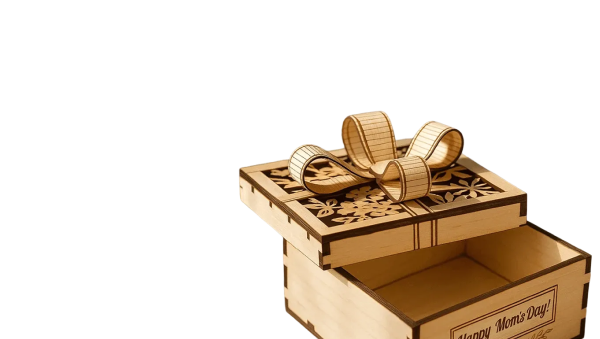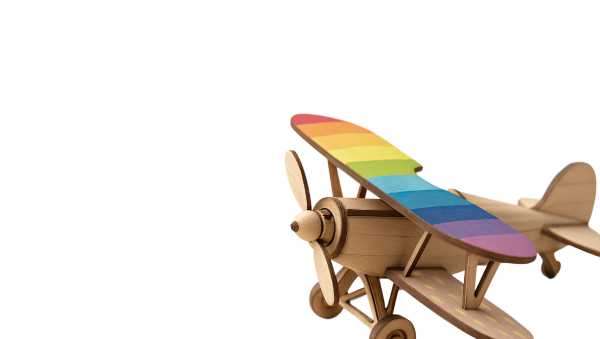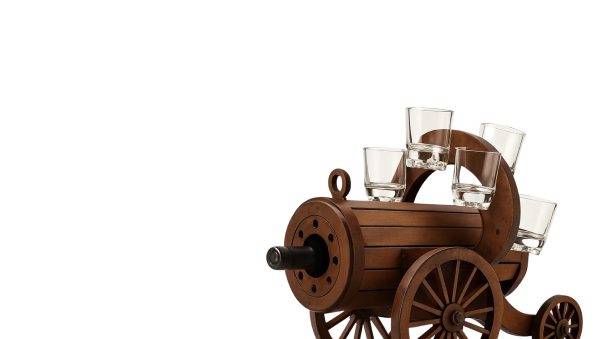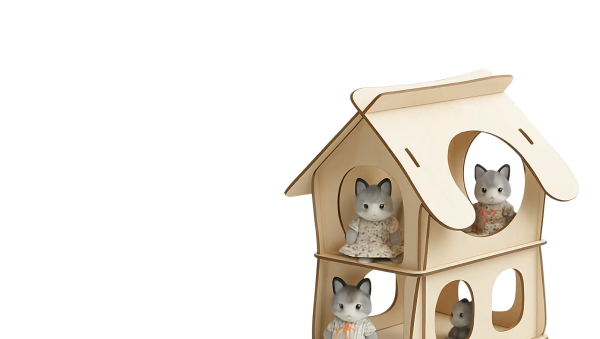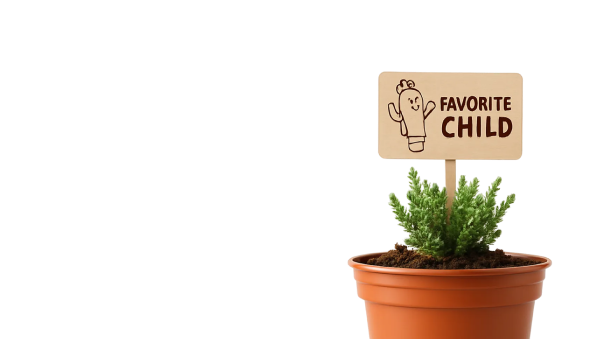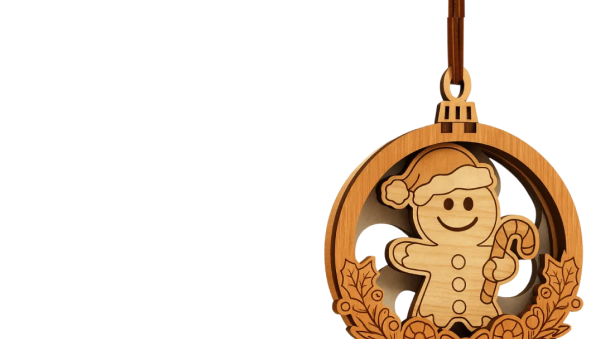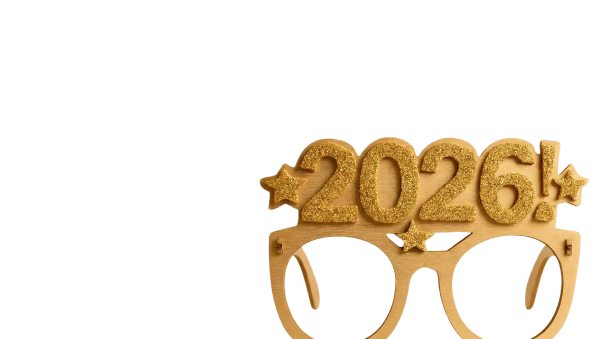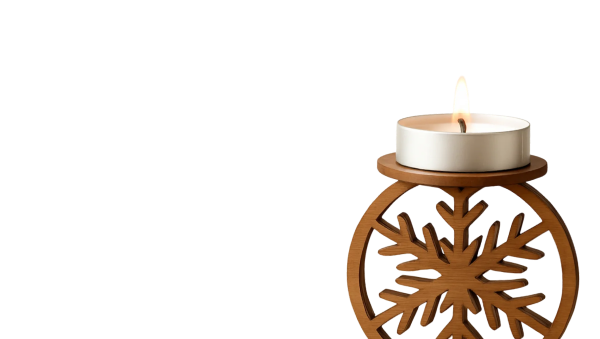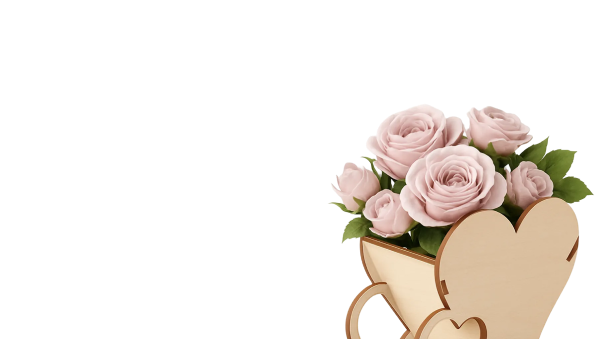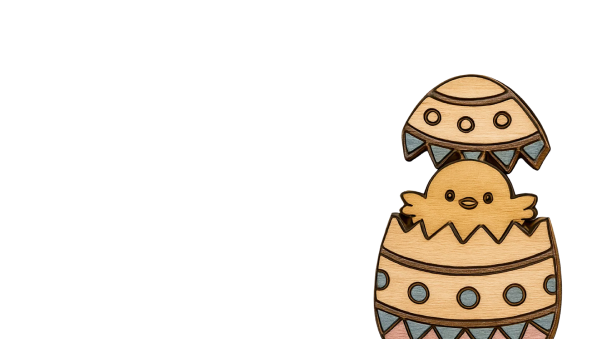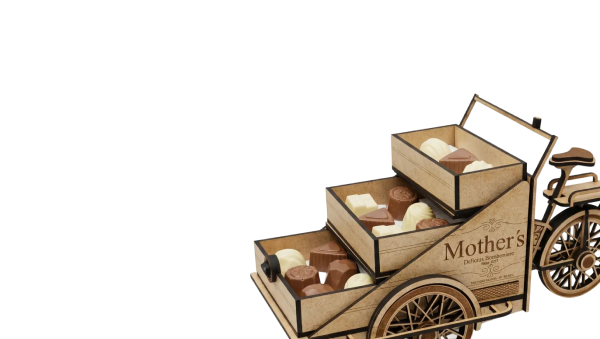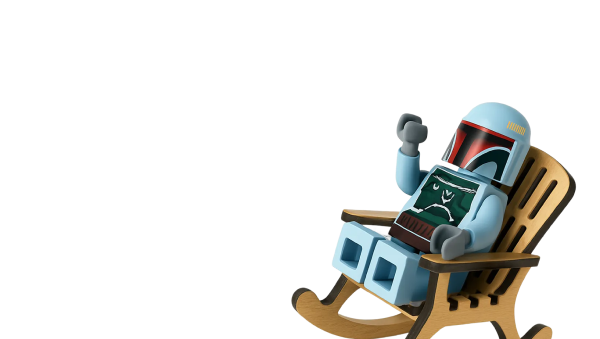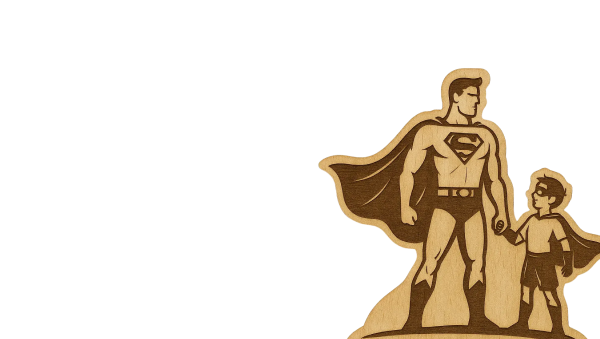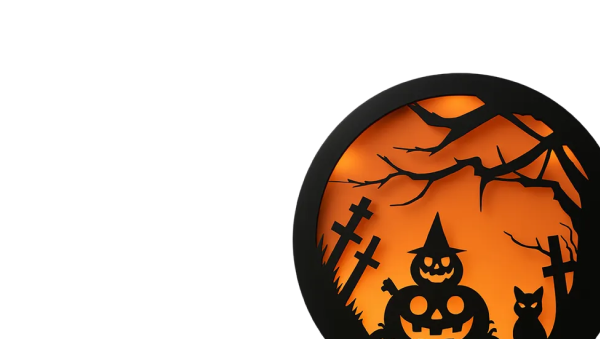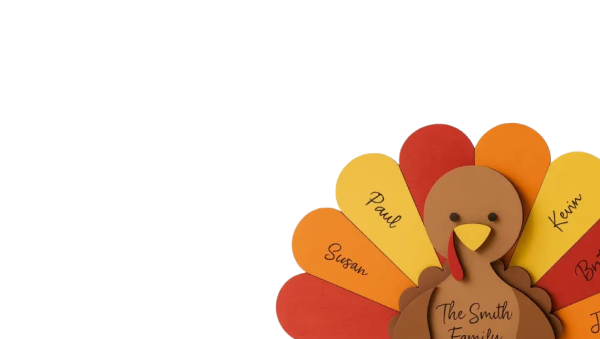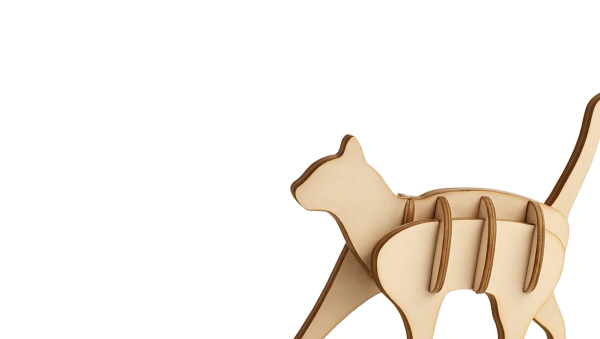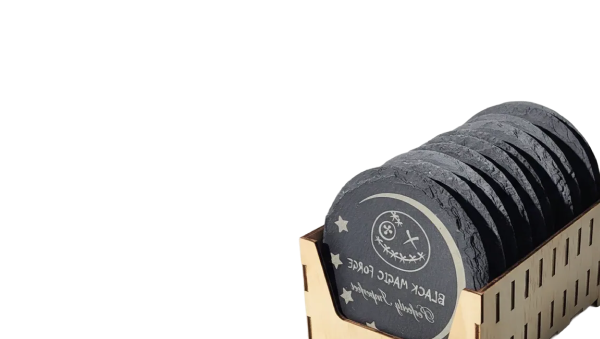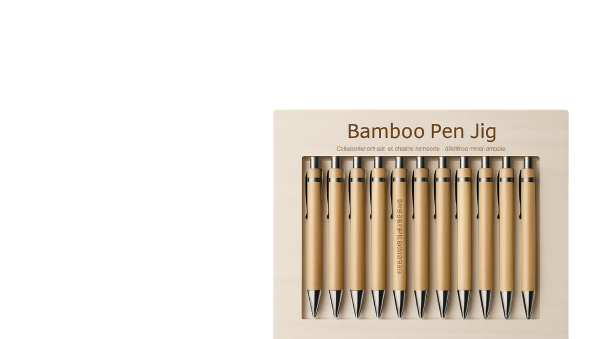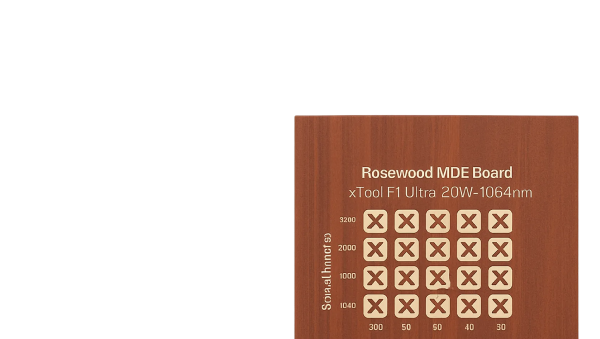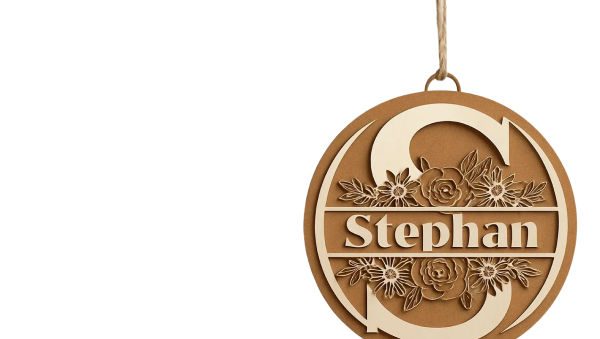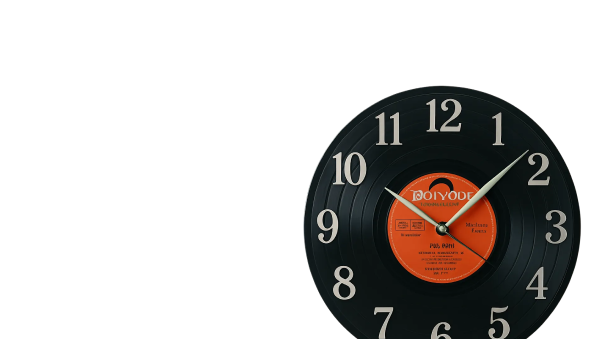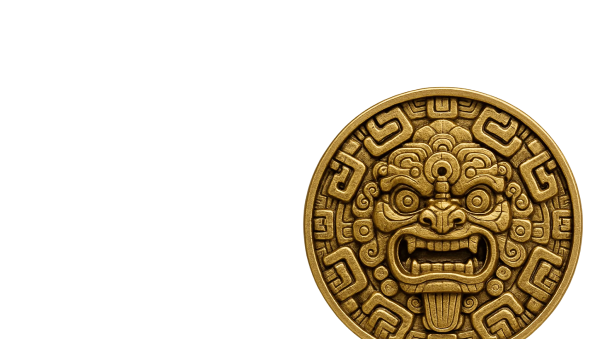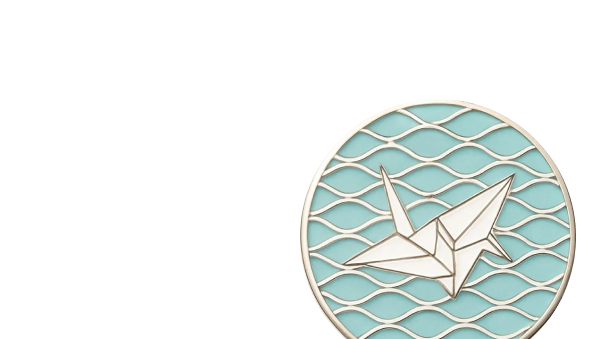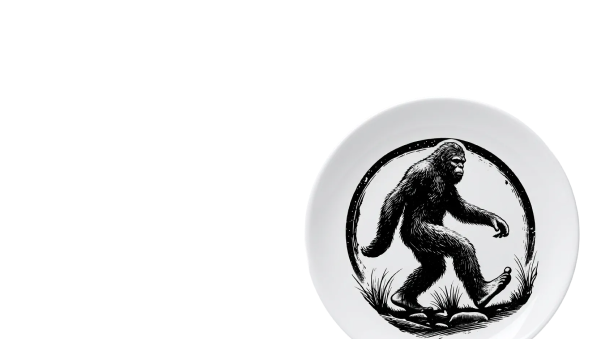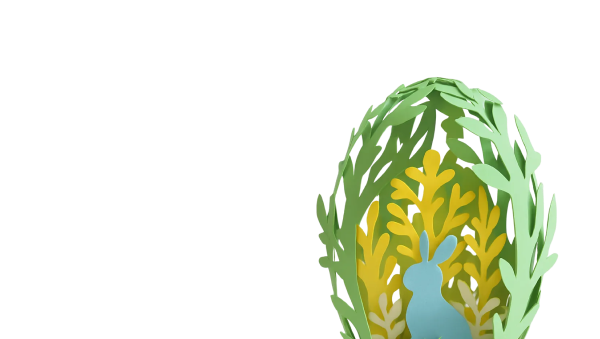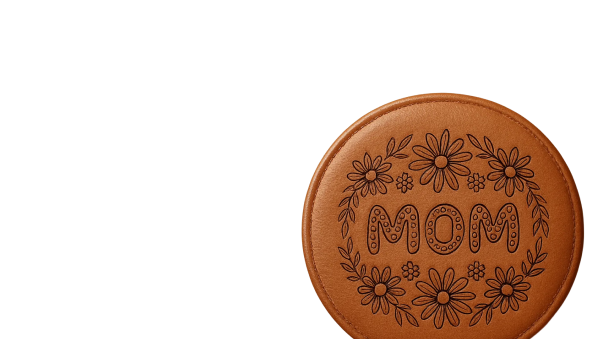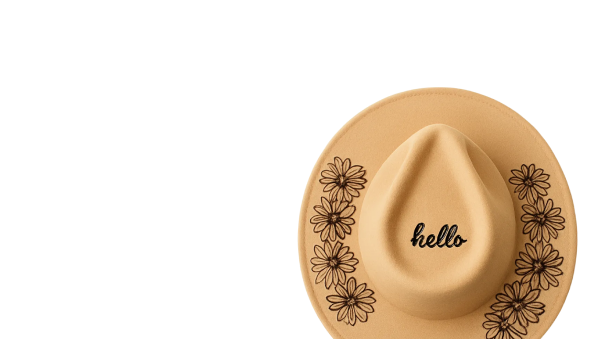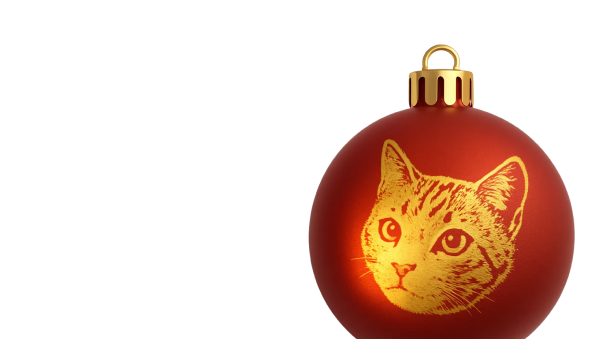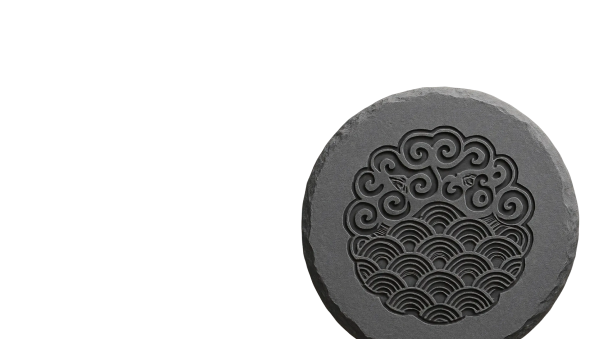![[Laser cut and engrave] Layered Owl Scene](https://image-res.xtool.com/ali-res/community/making/972cd0a0-9c5d-4075-b0ec-21afcd9f2abc/PhotoRoom_003_20230904_213436.jpg?x-oss-process=image/resize,w_1200,h_900,limit_0/interlace,1/format,webp/auto-orient,1)
Layered Owl Scene

Information
Anyone can cut out a shape, but sometimes it's more fun to create an image with a little more depth...literally! This project will bring you through the basics of creating your own layered scene. Using shapes from the xTool shapes library, vector drawing tool, and the combine tool, you'll be able to design your own unique scene!
This project was cut from 1/16 basswood on the P2, but could easily be adapted to thicker stock and a use on the D1, D1 pro, laserbox, or M1 machines! Have fun!
An unedited video demonstrating the creation of the owl depicted in the accompanying photos can be viewed here, https://youtu.be/d91JGfygTLE.
(It's pretty basic, but you can use it to follow along and pause as needed.)
Instruction
Step1: Creating your scene
In XCS import your basic shape or select a shape from the XCS library. I find that a solid design with little additional detail works well for this project, as it makes the outline process easier. If you have an image you would like to use from the internet or an online image library, you can also import the image and use the XCS trace function create your shape.
For my design, I chose to use an owl from the XCS library. I there were several elements in the shape I did not want. In my initial design, I was able to export the shape as an SVG, remove the elements I did not want in an image editor, then reimport the owl into my design. If you need to do the same, begin by right clicking on your shape then selecting export SVG. Open your new file in your third party editor to make changes as necessary. Once you are finished, import your new SVG back into XCS.
The owl in this accompanying support photos created an easy, even outline. Once I had the outline I wanted, the original shape was deleted. I then made a second outline to create my animal shape. Select both shapes and combine >subtract overlap.
To start designing, I begin by enlarging my owl shape. Final sizing for material will happen once all of the scene layers are complete. Make an extra copy of the shape and save it off of the work space. This will be your back up to ensure you have an owl in the correct dimensions should you need it while making new layers.
It is important to build all subsequent layers from this starting shape to ensure layers are sized correctly and layer correctly during assembly.
Step2: Build the background
Make a copy of your new outline shape and begin designing your scene. I developed my layers from the background to the foreground (farthest away to closest).
Using the vector drawing tool, I made basic mountain shapes. Add as many or as few peaks as you like. Be sure to make a closed shape that overlaps the inner boundaries of your shape outline. Select your mountain drawing and your outline, then combine > unite. This will make both shapes into one.
I wanted to add snow caps to my mountains, so I used the vector drawing tool to outline the mountain peaks. To cut the snow caps out, I simply moved them into the open material above the mountains in my design. You could place them anywhere though!
Step3: Adding a tree line
Copy the outline shape again.
Create a horizon line to build your trees on. Using the vector drawing tool, create a shape to fill in the bottom of the owl like you did for the mountains. Select this shape and your outline, then combine > unite.
Using the shapes library, I selected a tree for my tree line. I chose and evergreen tree, but you could use whatever tree you'd like. Unlocking the height and width control in the top bar makes it easy to create a variety of tree shapes to build out my tree line.
Simply select your first tree, copy and paste. To add variety to the tree line, in addition to changing some of the tree's width or height, you can move the shapes up and down along the horizon line and over lap each tree as you go.
Once the tree's span the width of the design, select all trees and the outline of your shape, combine > unite.
Step4: Add a lake
Make another copy of your outline shape. You need to create a solid area that represents land in front of your trees. This can be achieved with the vector drawing tool. Create a straight line across your shape like you did in the last step, then follow the outline to fill the empty space. Once your shape is complete, select the two shapes, the combine > unite.
Using the vector drawing tool again, you can create your lake. Make several nodes (green dots) that make the rough outline of your lake. Remember to close the shape by ending where you started. Double click this drawing, then click double click each of the nodes. This will curve the line, giving your lake smooth edges. Adjust until you are content with the shape.
Select the outline shape and your lake, then combine > subtract.
Step5: Create your Foreground
The foreground will be your final and closest layer. You could add anything to this layer. I chose to include some additional trees to enclose my lake.
Using the evergreen from the shapes library, place the trees so that they overlap the lake cut out. Select the trees that were grouped together and make a copy. Move these copies out of the way for the next step. Select the original tree groups and outline shape, then combine > unite.
The additional tree copies can be used to score outlines to add detail to your design if desired.
You will need to make additional copies, so select, copy, and paste.
Select the tree farthest to the back and in the middle. Combine > subtract. This should create an outline that gives the illusion of the tree boundary. Repeat this task with your additional copy, selecting the first and middle tree. Repeat for the second group of trees. If trees are not combining correctly, adjust their location using the arrange menu and try "bring to the front" or "send to the back"
Move your trees to a different layer. I used red, but the color doesn't matter. This will allow you to set this design element to score.
Step6: Cut your design
Position your chosen material in the work bed of the machine and align your design. Process and monitor the job!
Step7: Finish and Assembly
I chose to complete one owl using acrylic paint markers and another using different color wood stains, but you can finish using your preferred style.
To assemble, I used 3m Super 77 spray adhesive to give an even, light coat of glue. You can use your preferred glue. I then pressed the project between two layers of woodstock using a hand clamp to allow strong adhesion while the glue cured!
